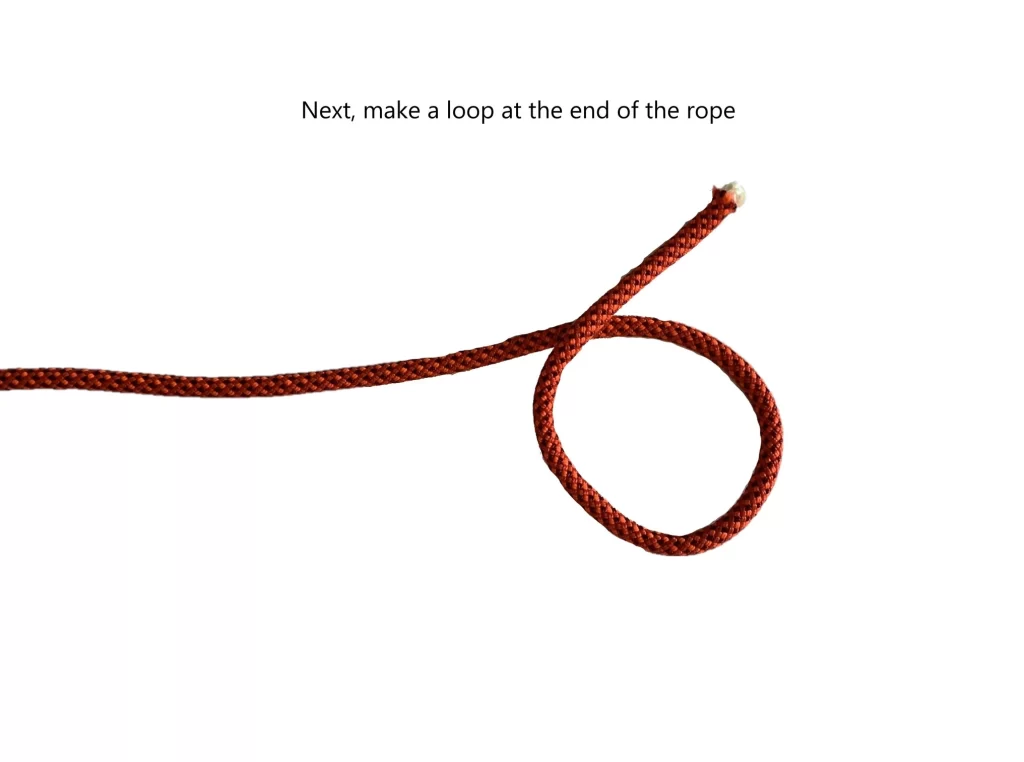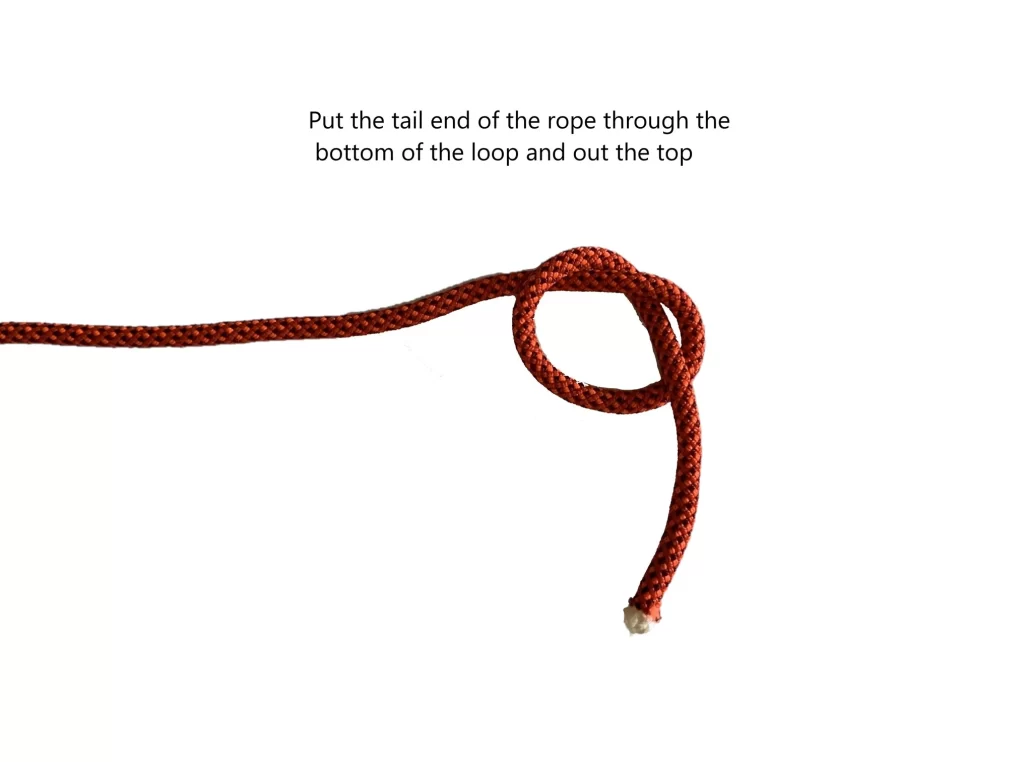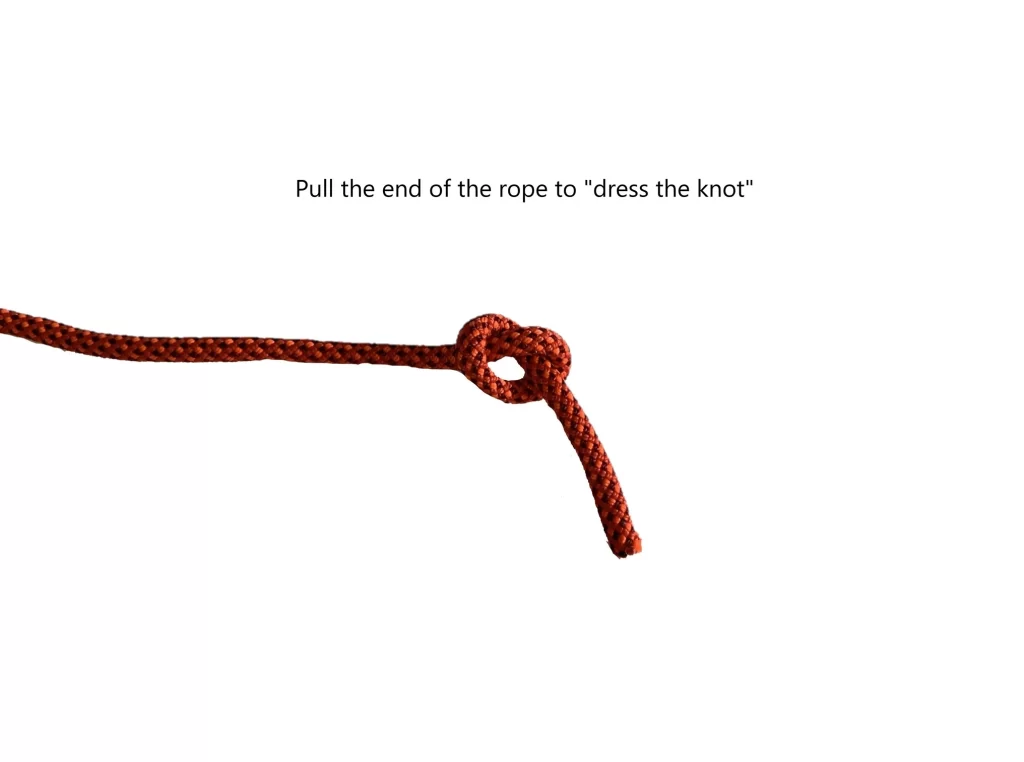Overhand Knot
Canyoneering Knots
The Overhand Knot is like the ABCs of canyoneering knots – it’s simple, foundational, and helps you build/learn upon more complex knots down the line. Think of it as the “building bock” for essential knots like the Water Knot, EDK, and Double Fisherman’s Bend – all heavily used in canyoneering.
Pros:
-
Serves as the basis for many other knots and is very easy to tie.
-
Can be tied quickly and used as a simple stopper knot (in some situations: can’t see the bottom; kid rappeler, etc.)
Cons:
-
Not strong enough for load-bearing applications; it’s more of a building block knot.
-
Not strong enough to rappel on its own
Caution:
-
Do NOT rappel using this knot; it’s not reliable for critical loads (or force).
Canyoneering Usage Examples:
-
Used to build other knots such as the Water Knot, EDK, Double-Fisherman Bend.
-
Tied as a stopper knot at the end of a rappel rope to prevent accidental descent off the rope’s end.
-
Used to secure loose ends of a rope or to back up a primary knot, such as a Figure 8 Follow-Through, in anchor systems.
Additional Reading:
-
Wikipedia.com: Overhand Knot
-
AnimatedKnots.com: Overhand Knot
-
Youtube: Canyons & Crags: An Overhand is an Overhand Not




